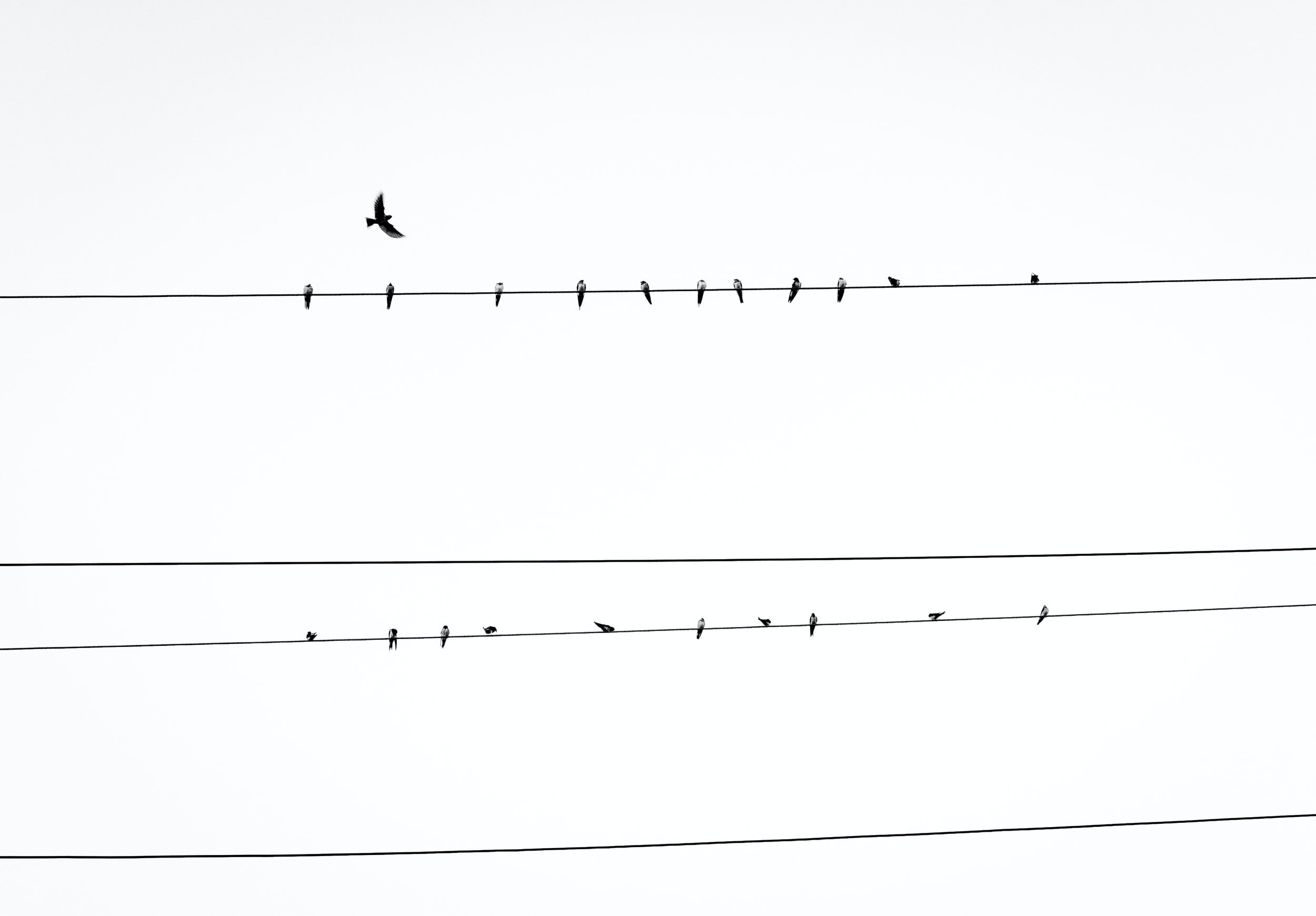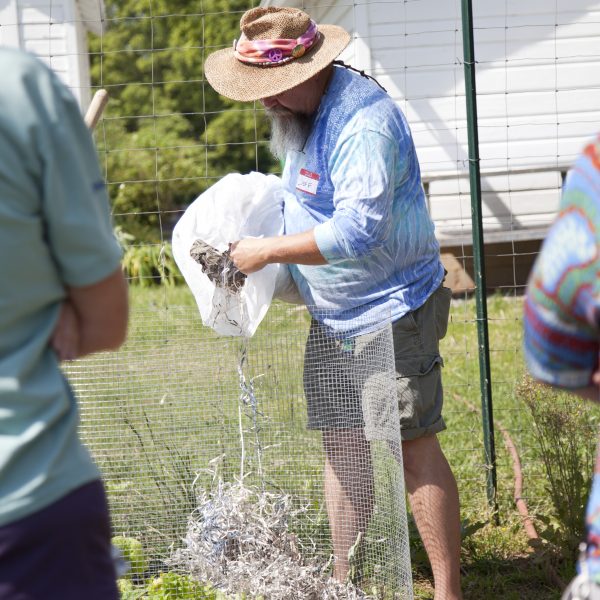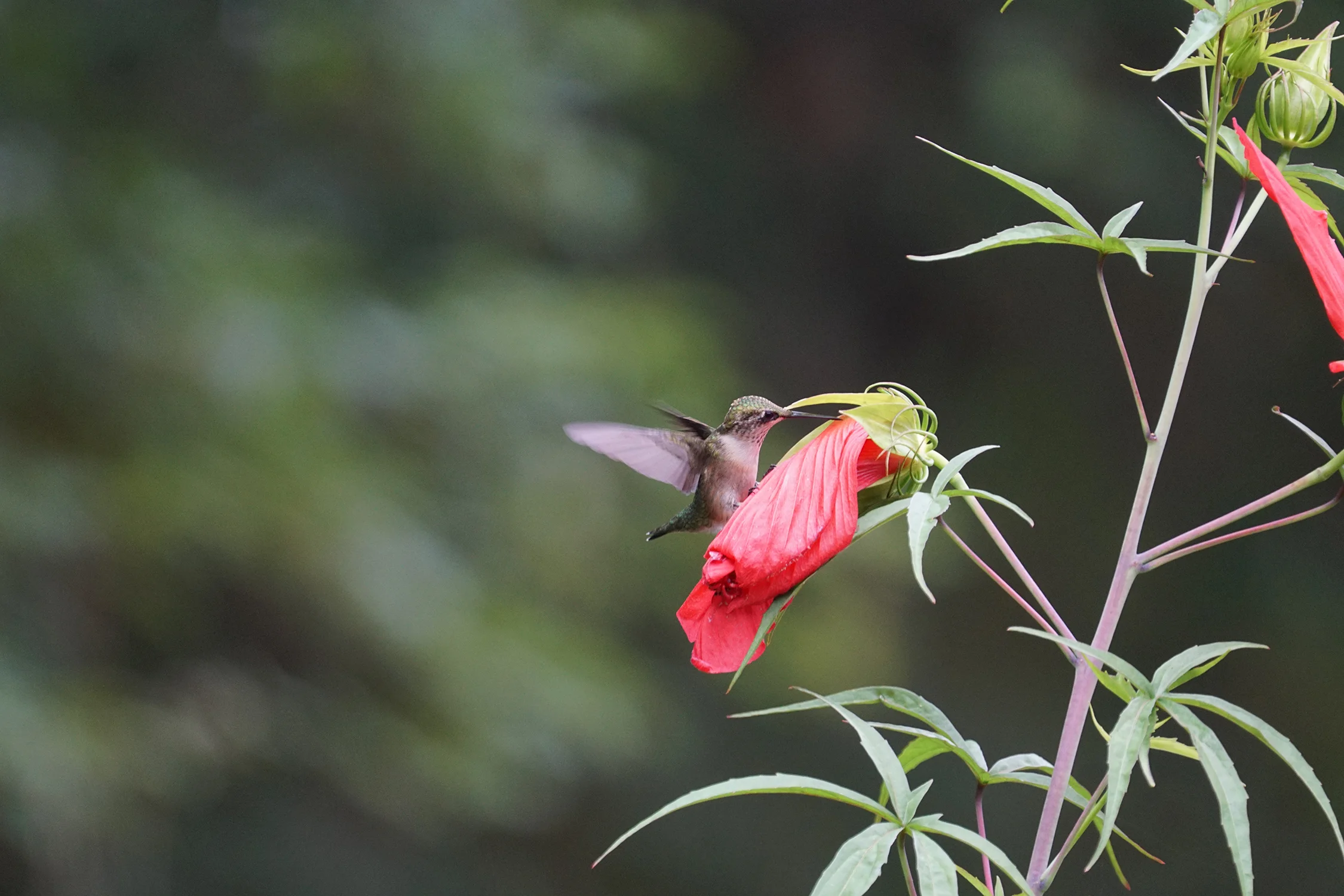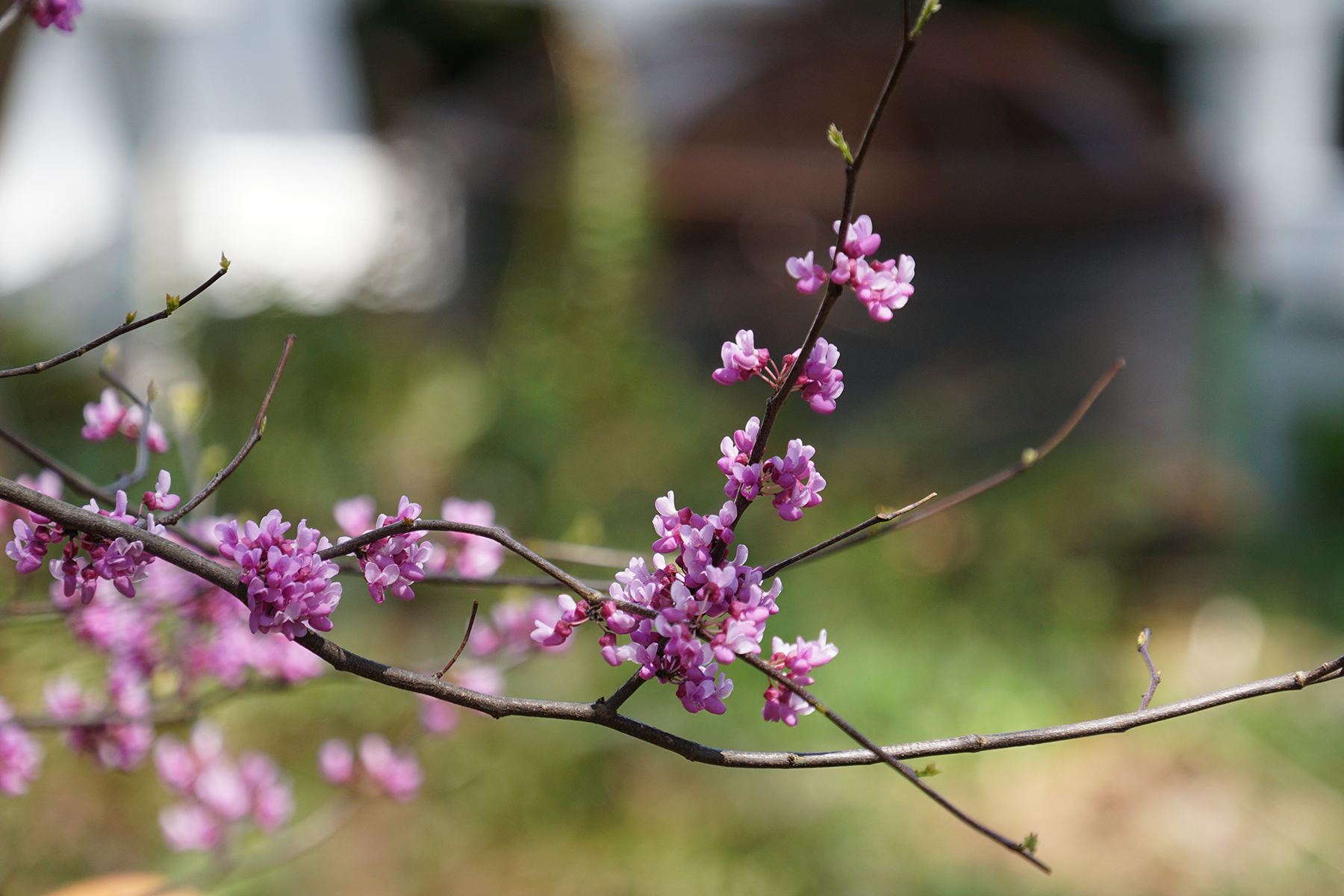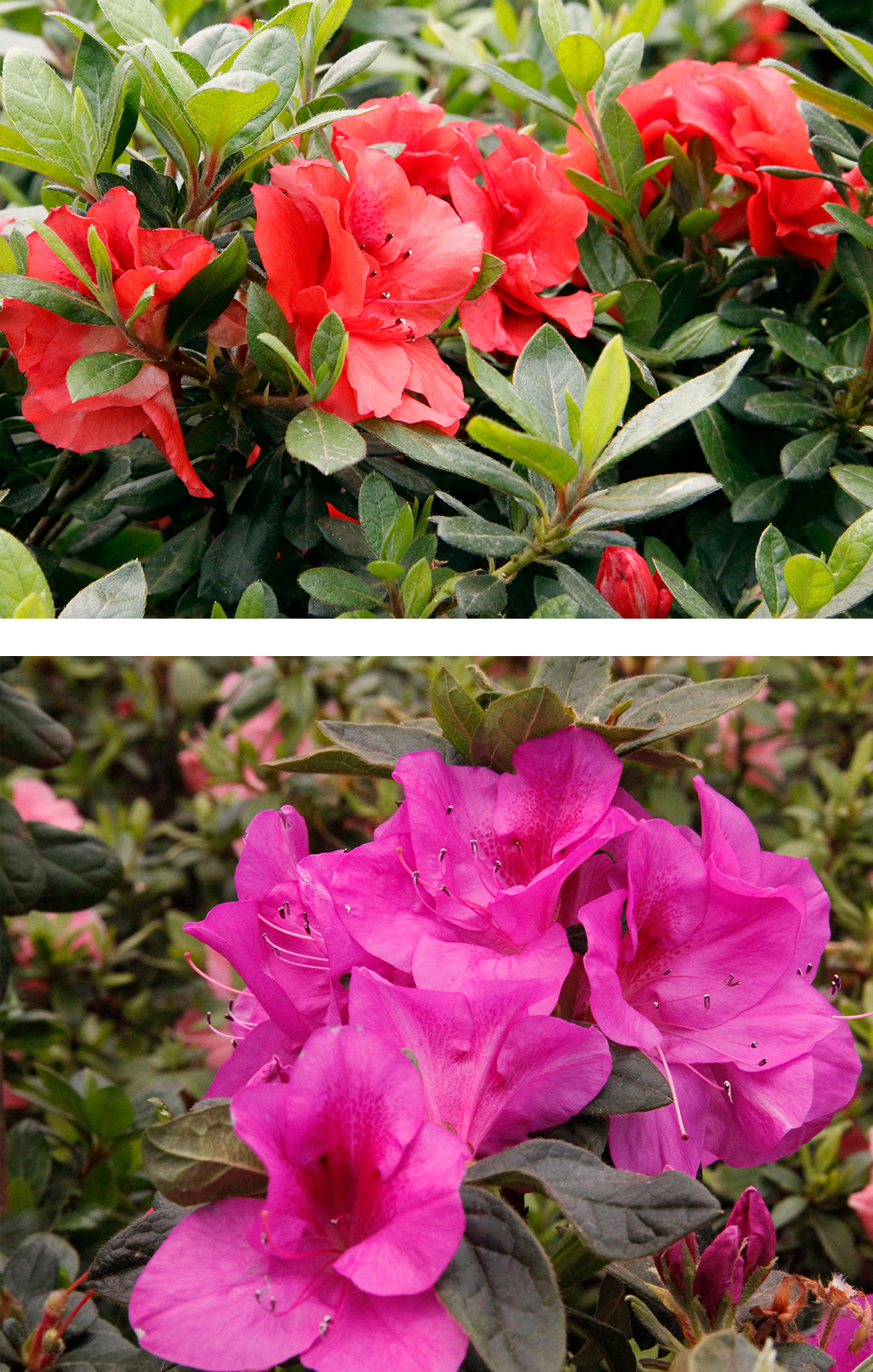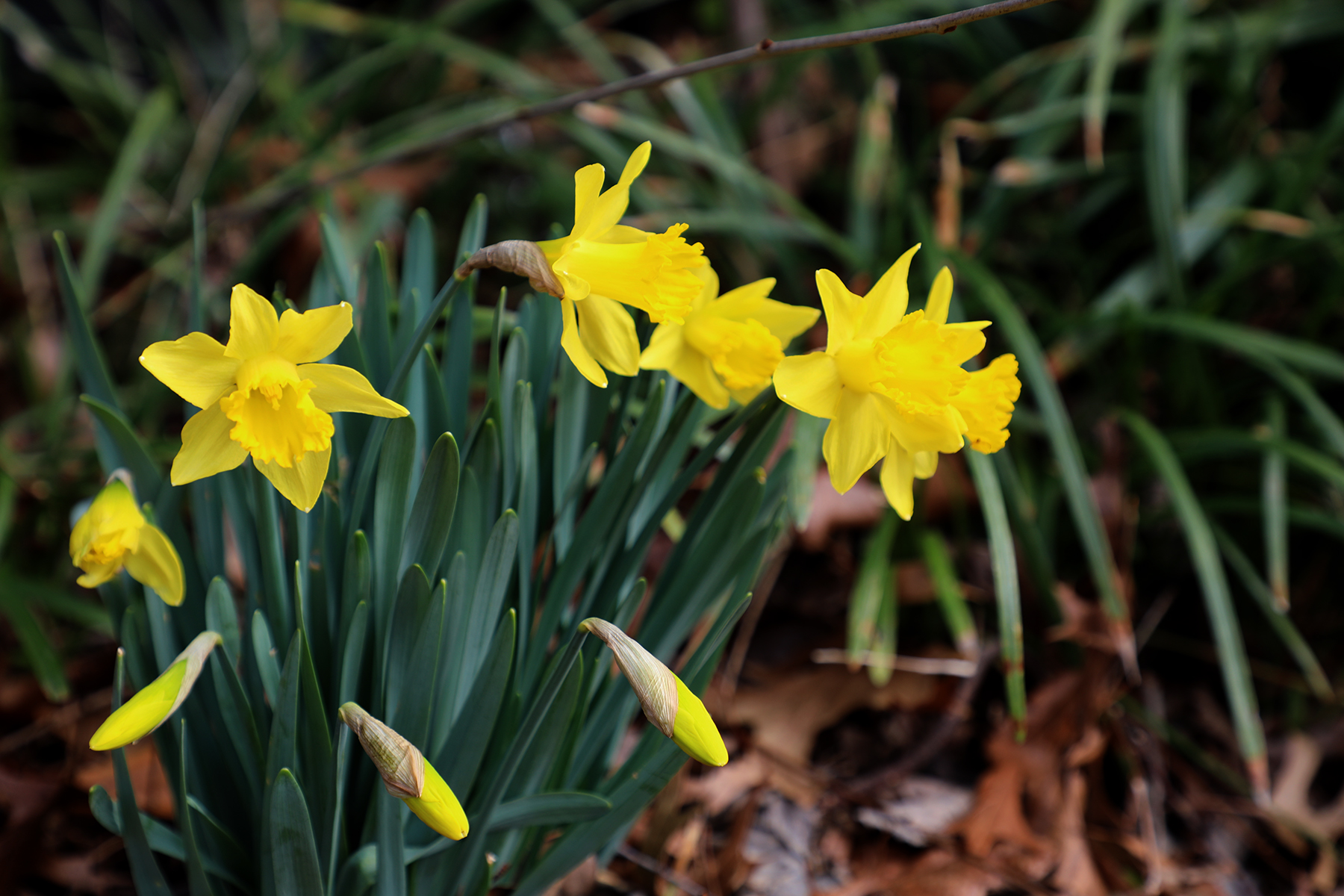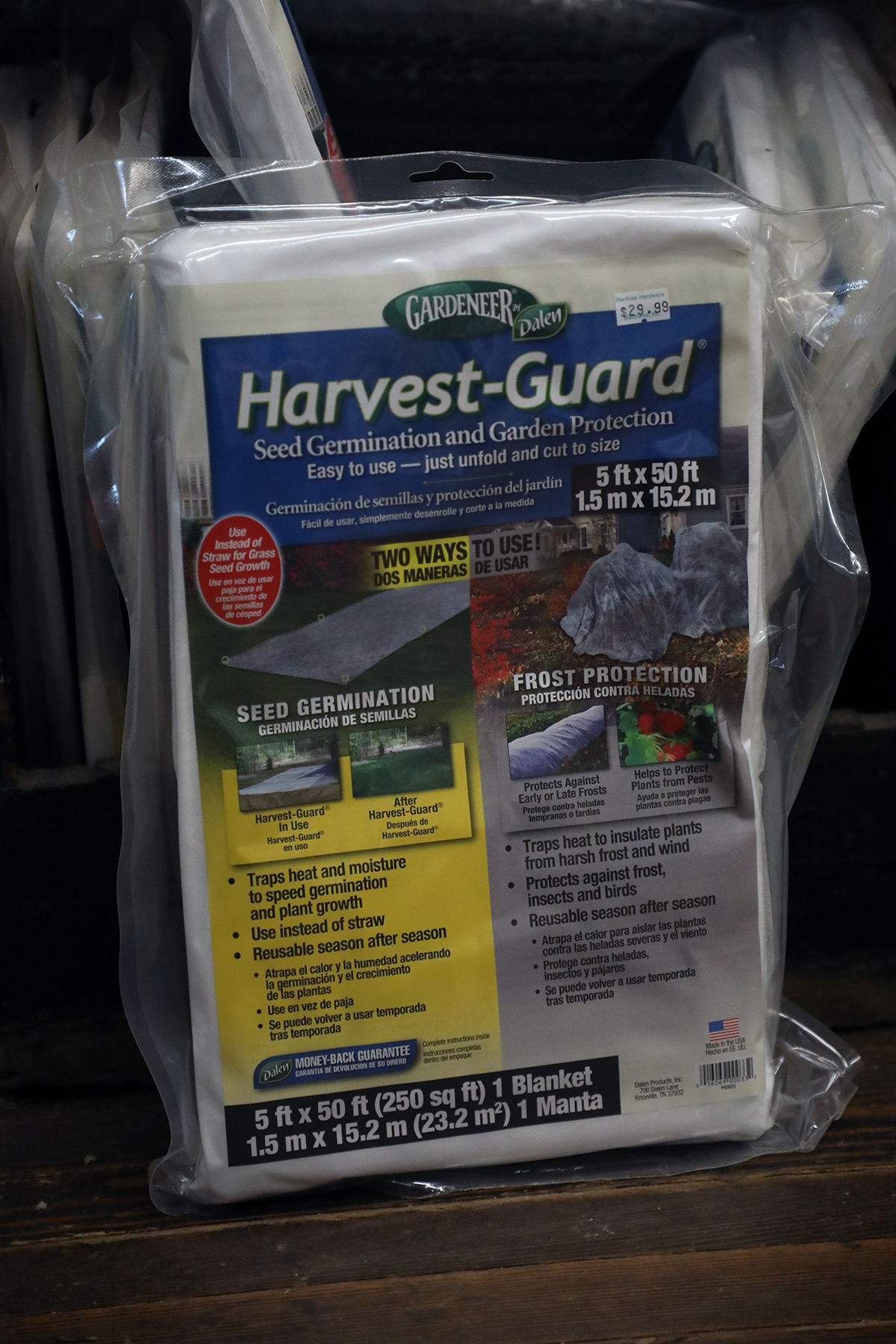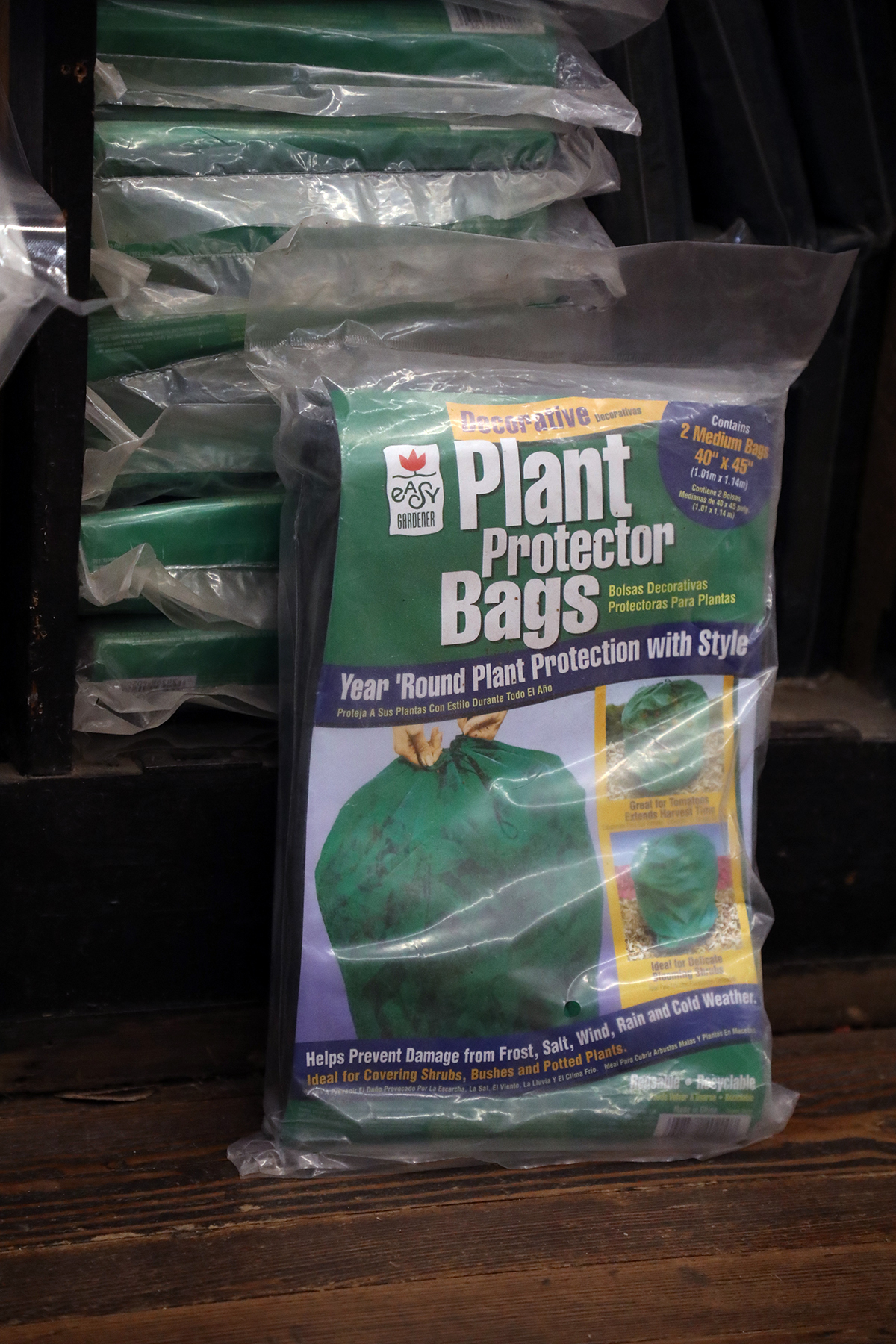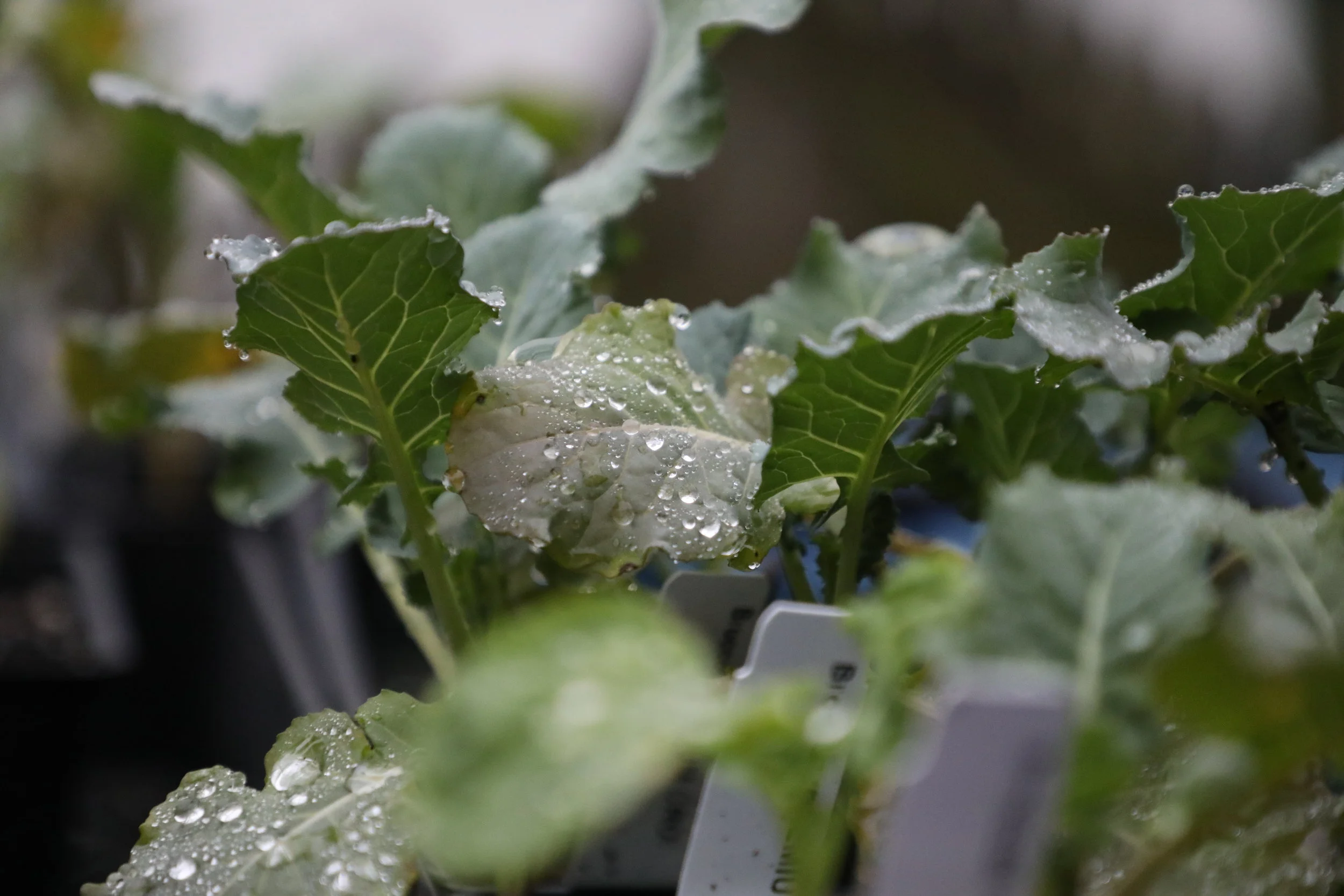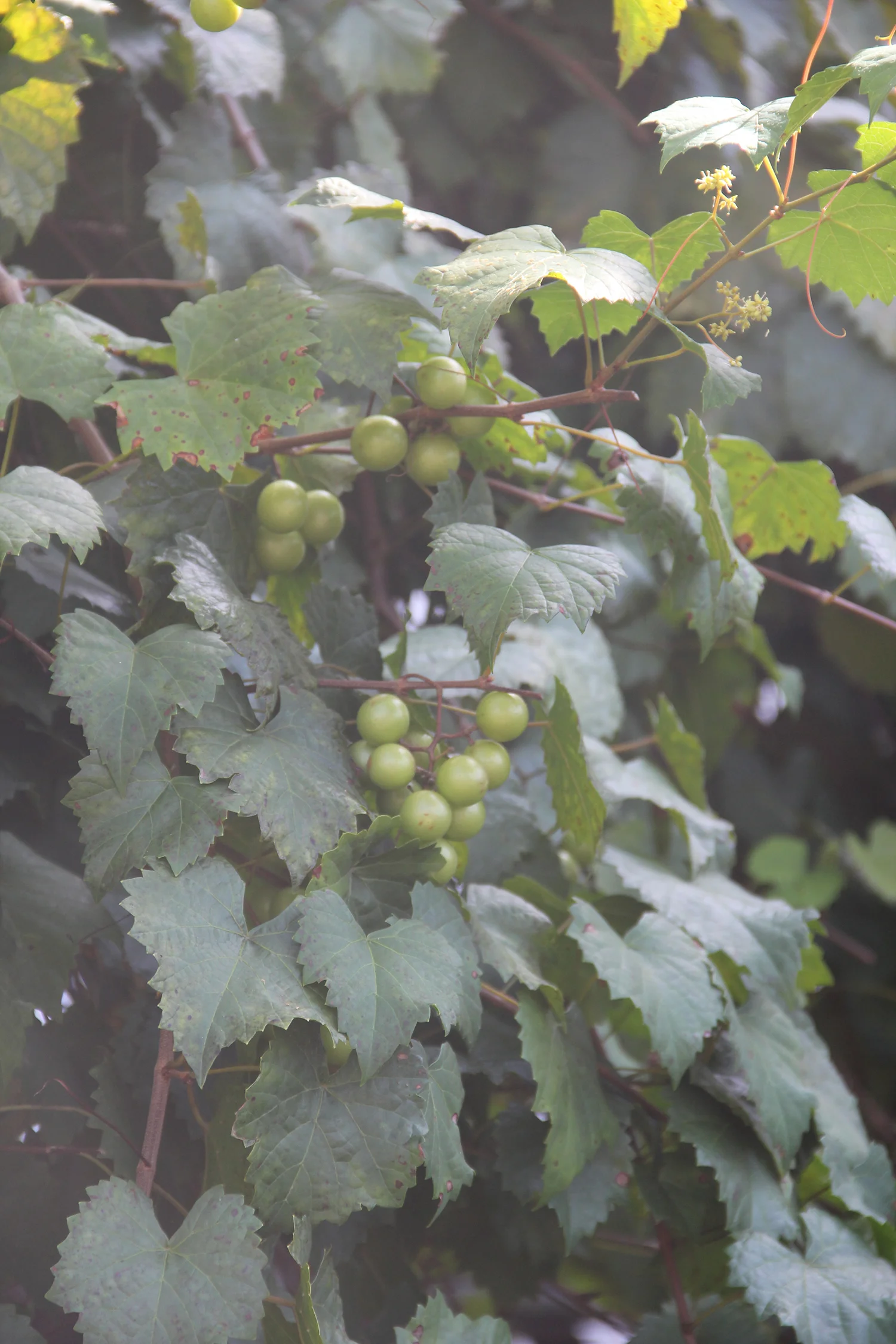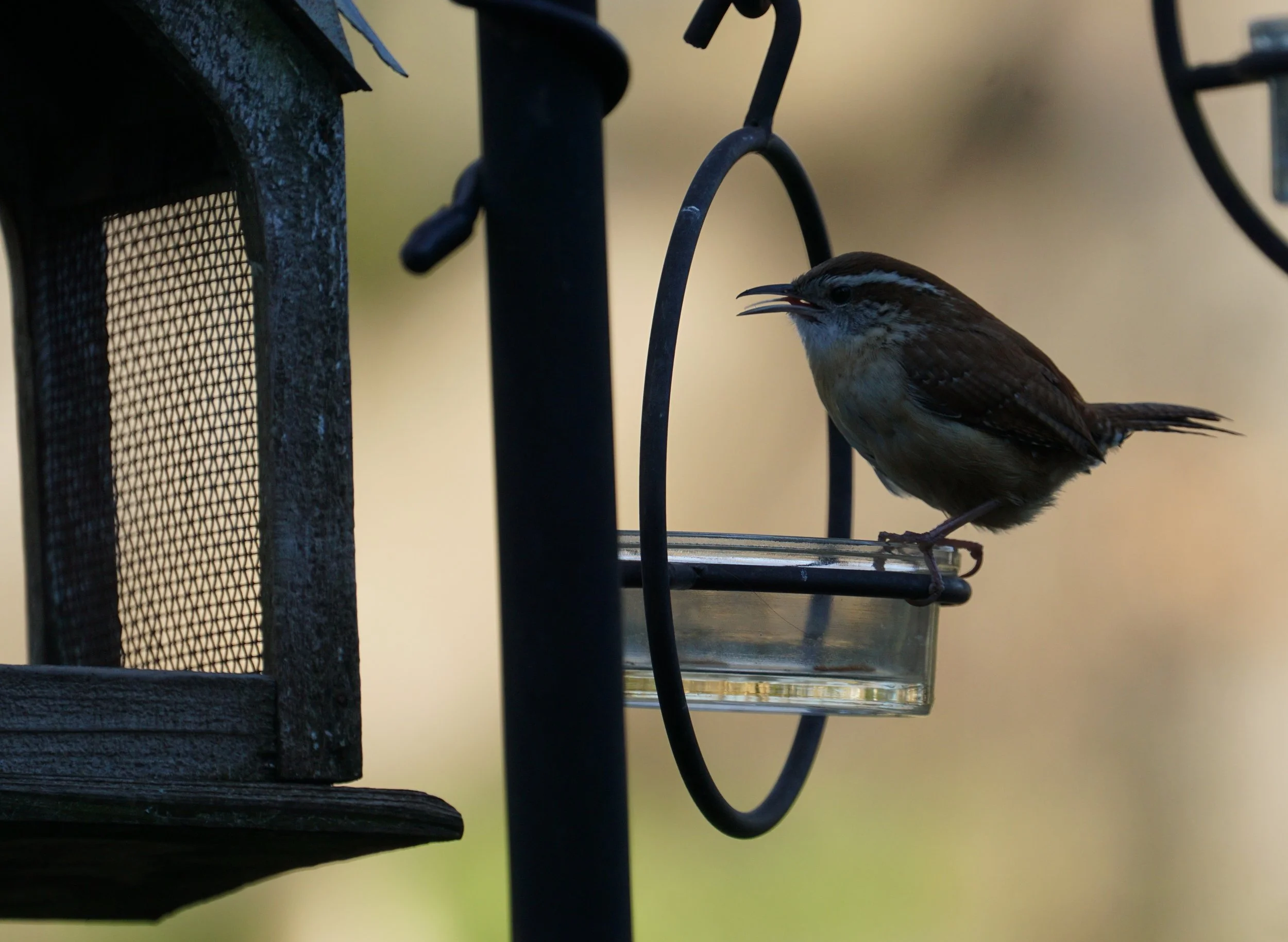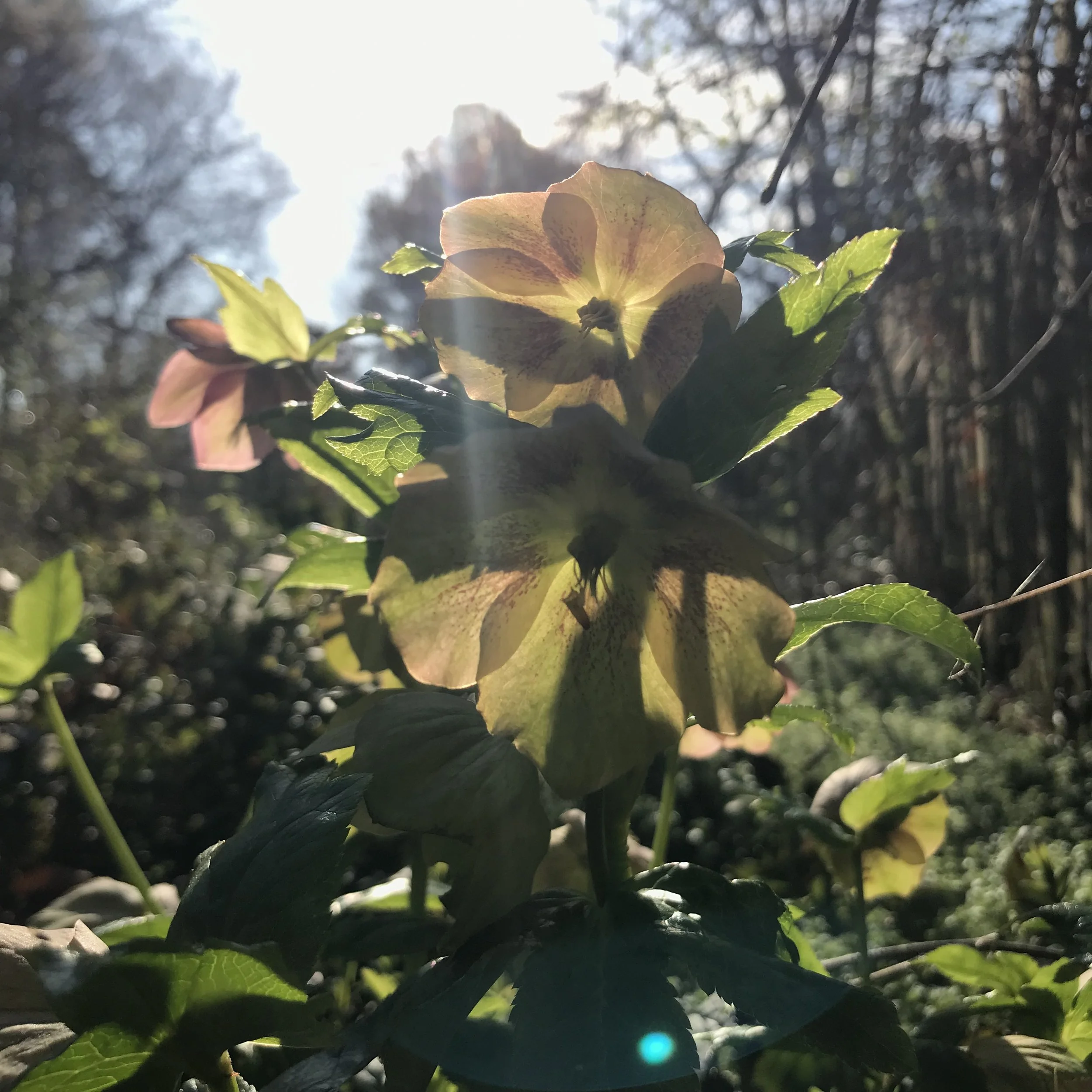Well, it’s that time of year again, where we indulge in acts of “sympathetic magic” to celebrate the return of the Light to the world. Many of us use indoor plants to keep green in our lives, and the ubiquitous poinsettia is one of the most popular. A native small tree in Mexico, we grow it for the brilliant reds and greens of its foliage. Did you know that the only true flower is the small yellow clusters (actually called cyathia)? Those large red “petals” are actually a type of leaf called a bract. Regardless of your botanical IQ, we can all enjoy the radiant beauty of these tropical natives.
Yes, they ARE tropical plants. They need warm conditions, high humidity, and bright, indirect light. That can be a challenge in an NC winter, and in a house heated by a forced air furnace. So here are some tips to help you enjoy your plant.
Pick a healthy plant. That seems easy enough, but you can’t control a gift plant. A good plant will have moist, not soggy or dry soil, not be in a foil wrap (you can add that later, but I wouldn’t), and a sleeve to protect it would be nice. As you take it home, keep it in the car, not the trunk. Leave the sleeve in place to protect it. And get it inside as soon as you can.
Keep it healthy. Find a warm area with plenty of light, and no cold drafts. Poinsettias will tolerate full sun, but you’ll need to water them more often. Speaking of irrigation, take your plants out of the foil wrapper or basket. Water them in the sink, and let them drain completely before you return them to their decorative home. Poinsettias do not like “wet feet”, and keeping them in standing water is a sure path to dropped foliage. Use warm tap water to moisten the soil mix, because even cold water can cause some minor cold damage. If you keep it longer than 30 days, give it a shot of half-strength liquid fertilizer. Let that drain out, too.
Don’t worry over it. Poinsettias have a reputation as poisonous plants. That’s no reason to exclude them from your holiday décor. Just keep the plants up out of the reach of small kids and pets, and you should be OK.
Enjoy it. A goal of many gardeners is to keep a poinsettia from year to year, and let it “rebloom”. My advice is simple – don’t. That may seem shocking, but after repeated unsuccessful attempts, and some years of professional growing, there are other garden things to do that are a LOT more fun. Add the old plant to the compost pile, recycle the foil or basket, and support a local grower by buying new plants every year.
Let’s not end on a negative note. There’s lots to admire about this plant that adds so much color to our homes at Christmas. You just need to be prepared for its care and feeding. And now, you are.
Remember to enjoy your garden, because THAT’S what makes you a Successful Gardener!!!






